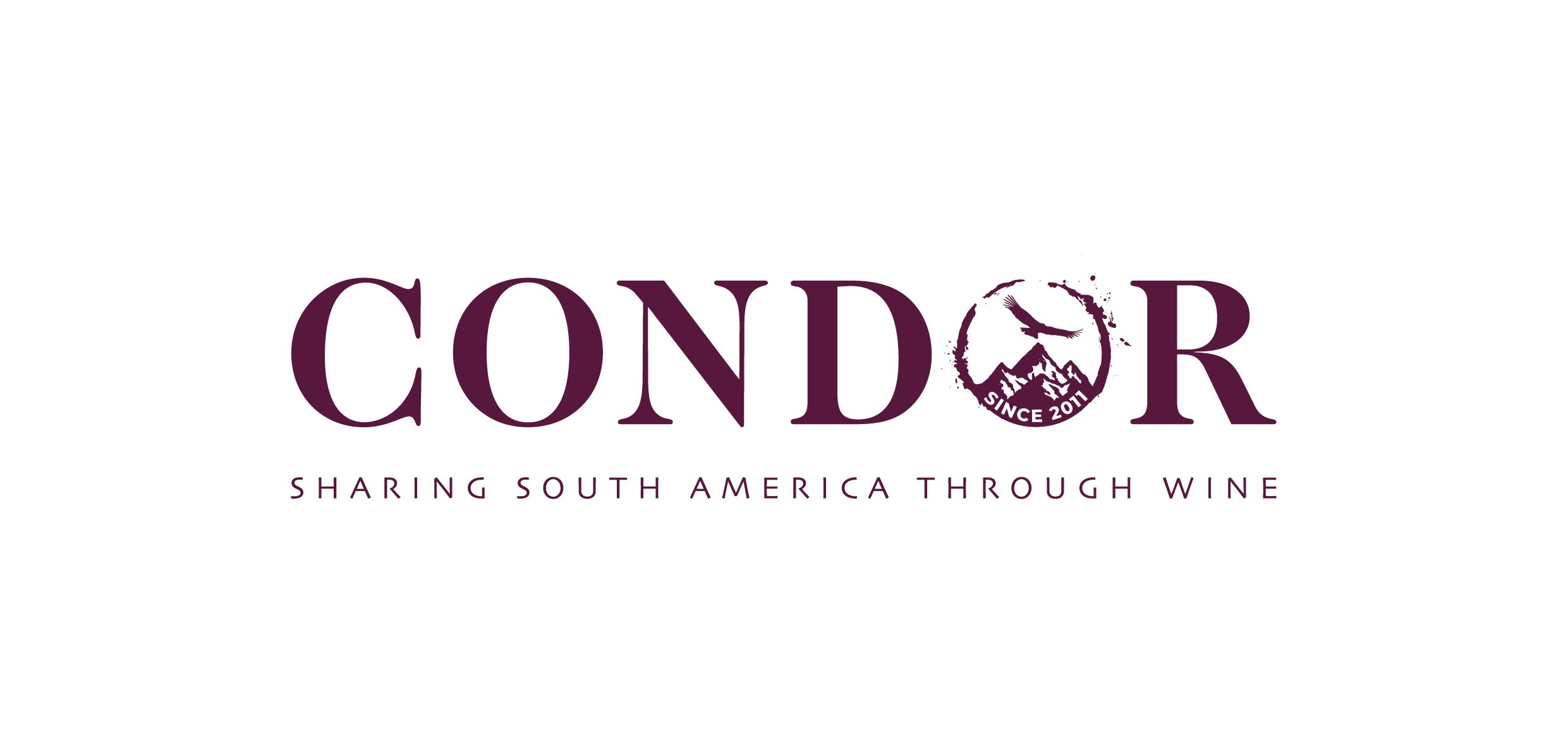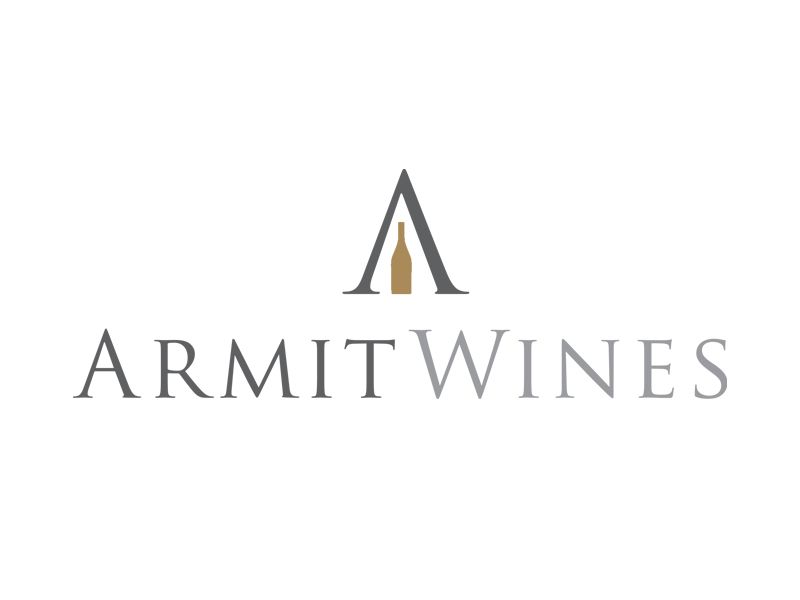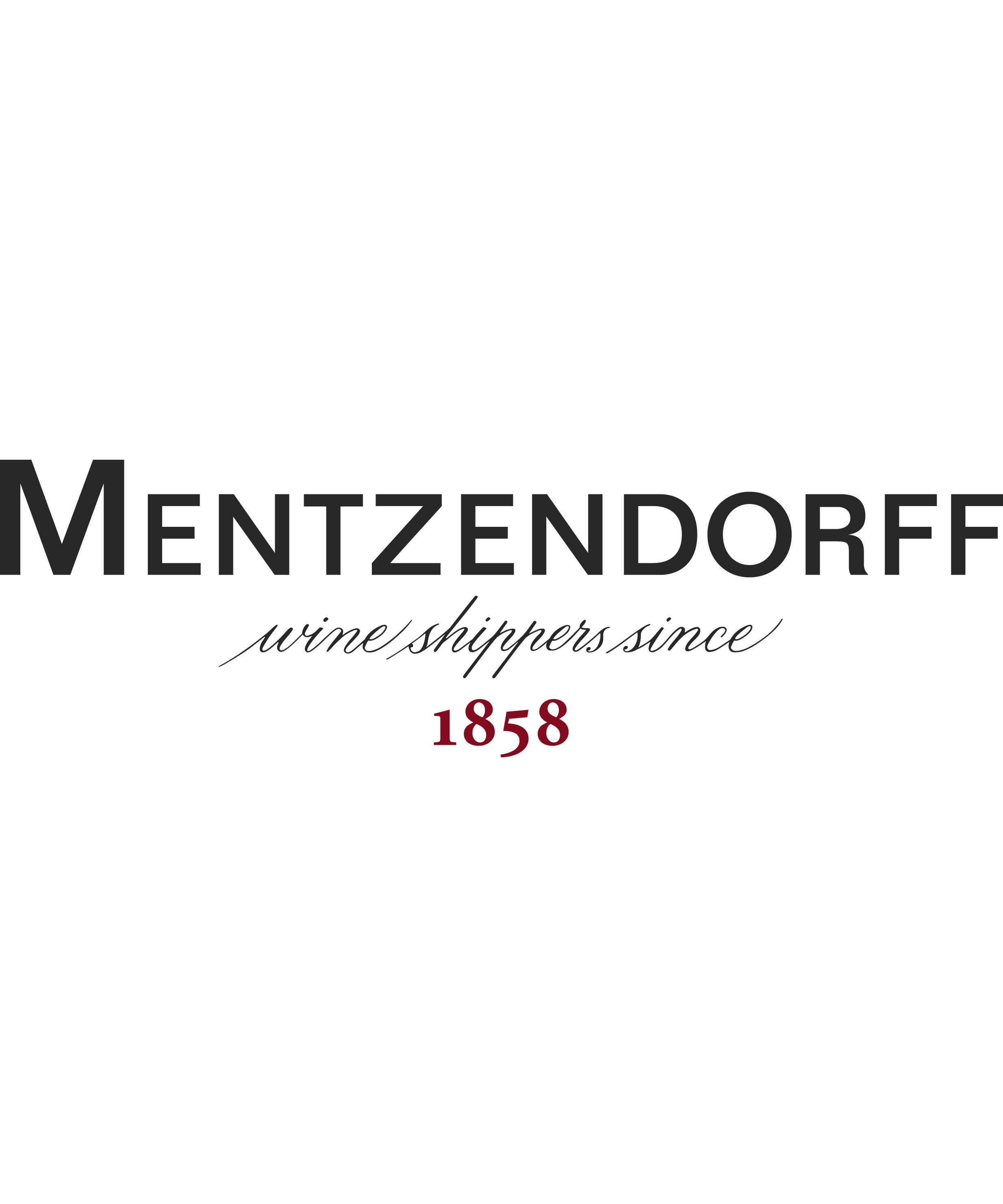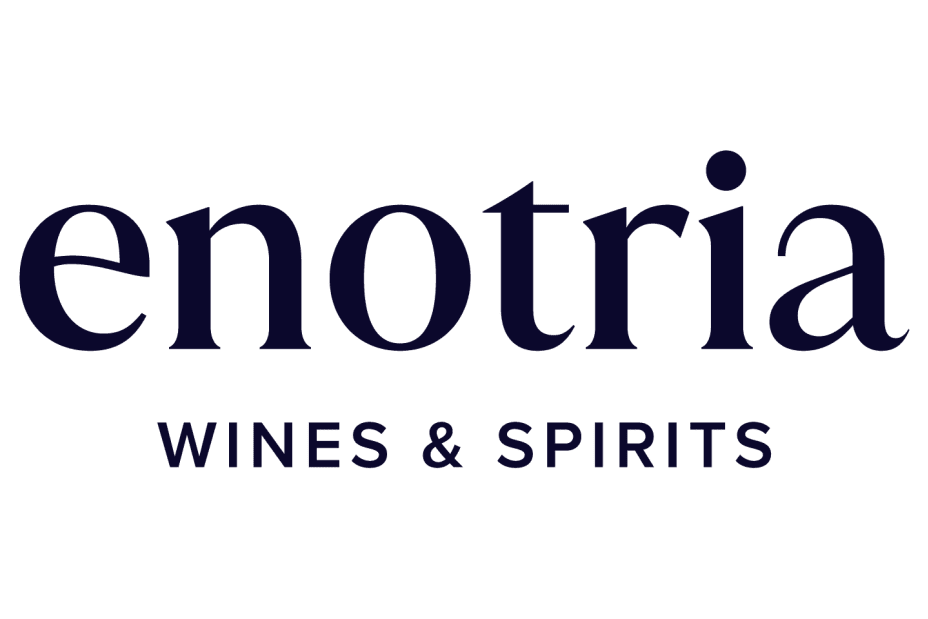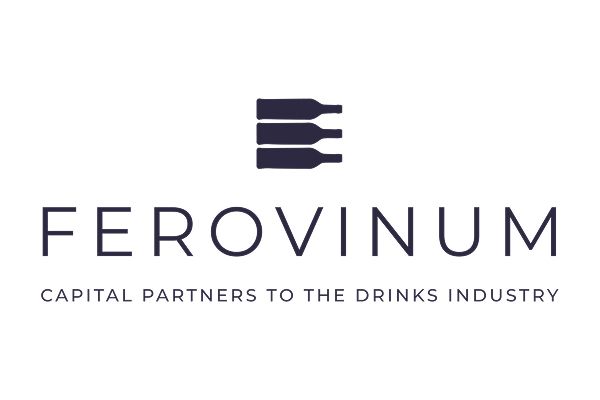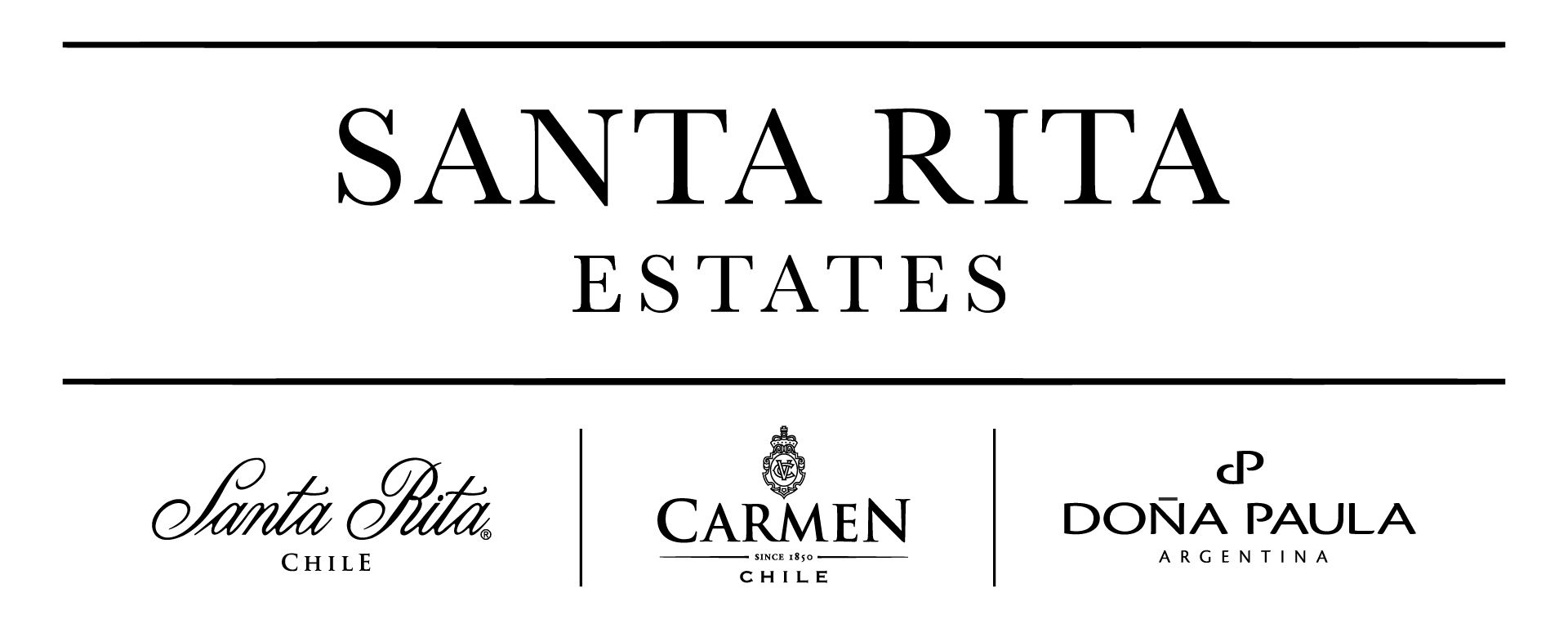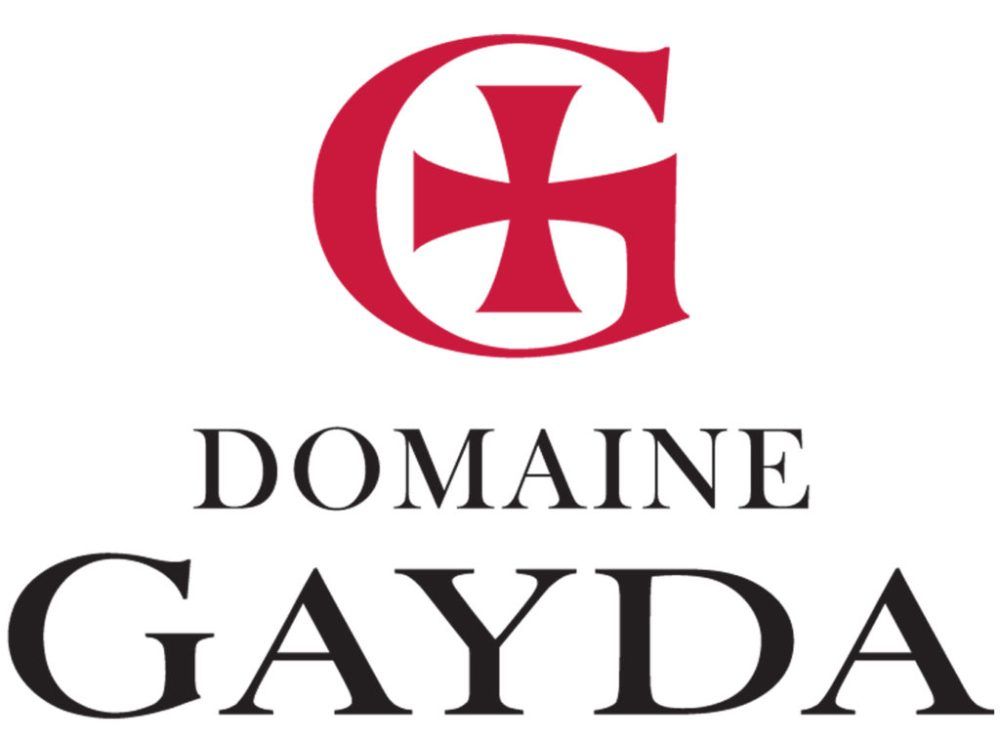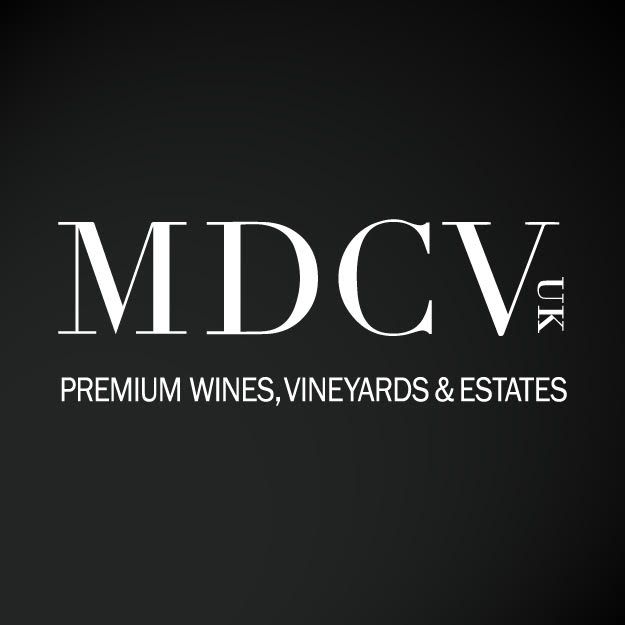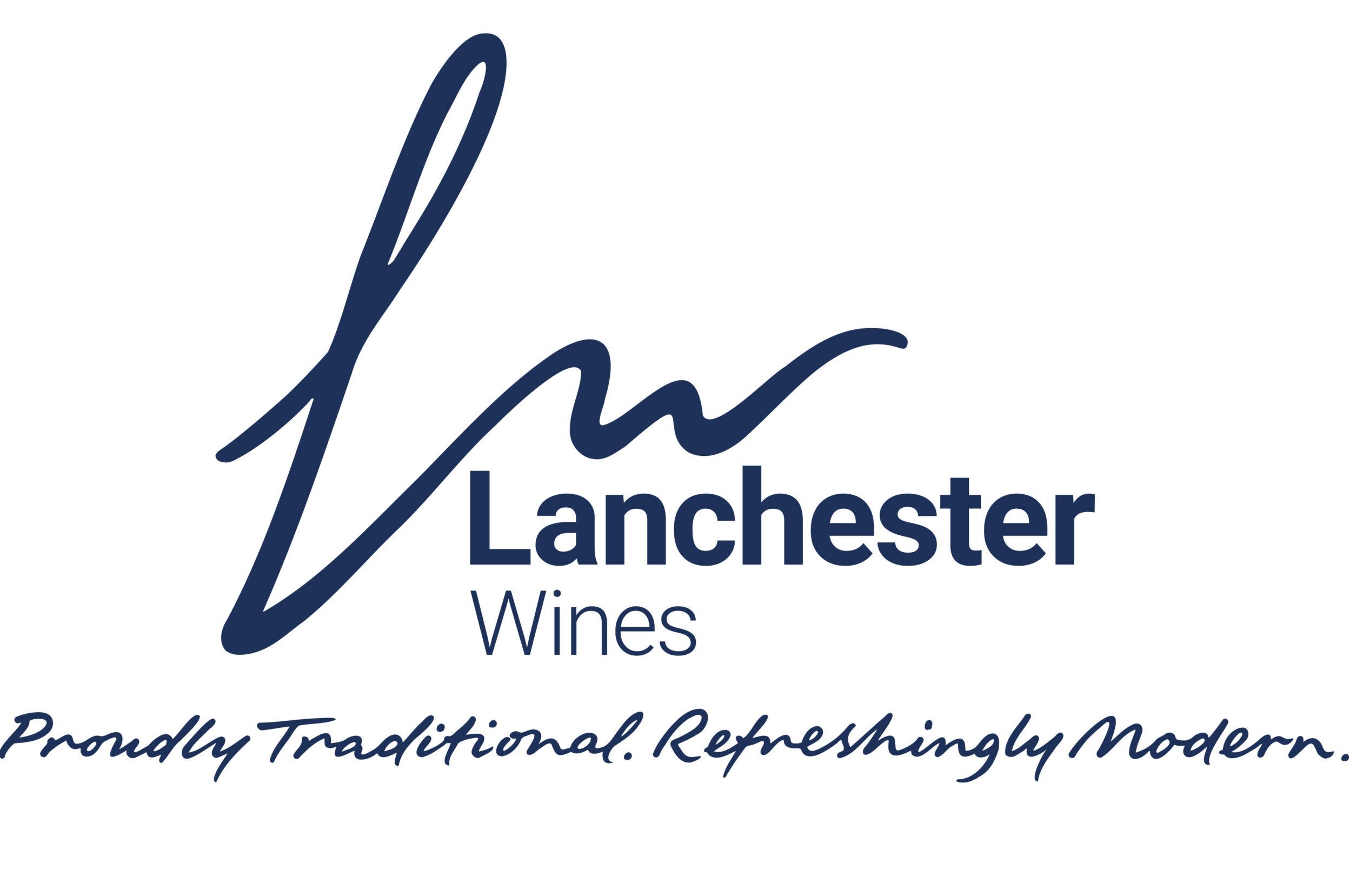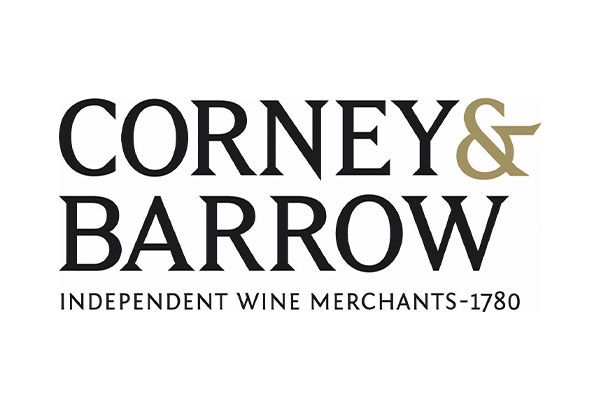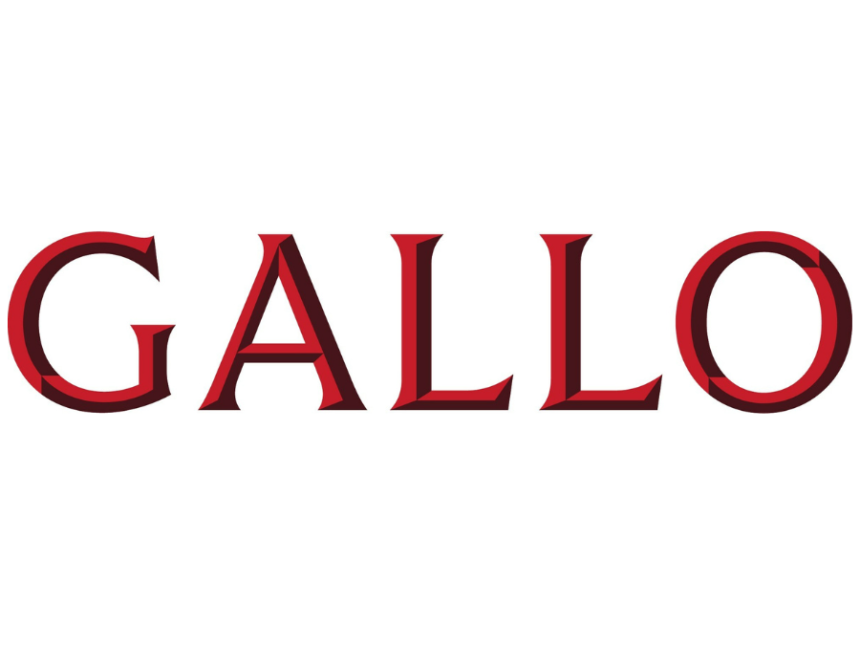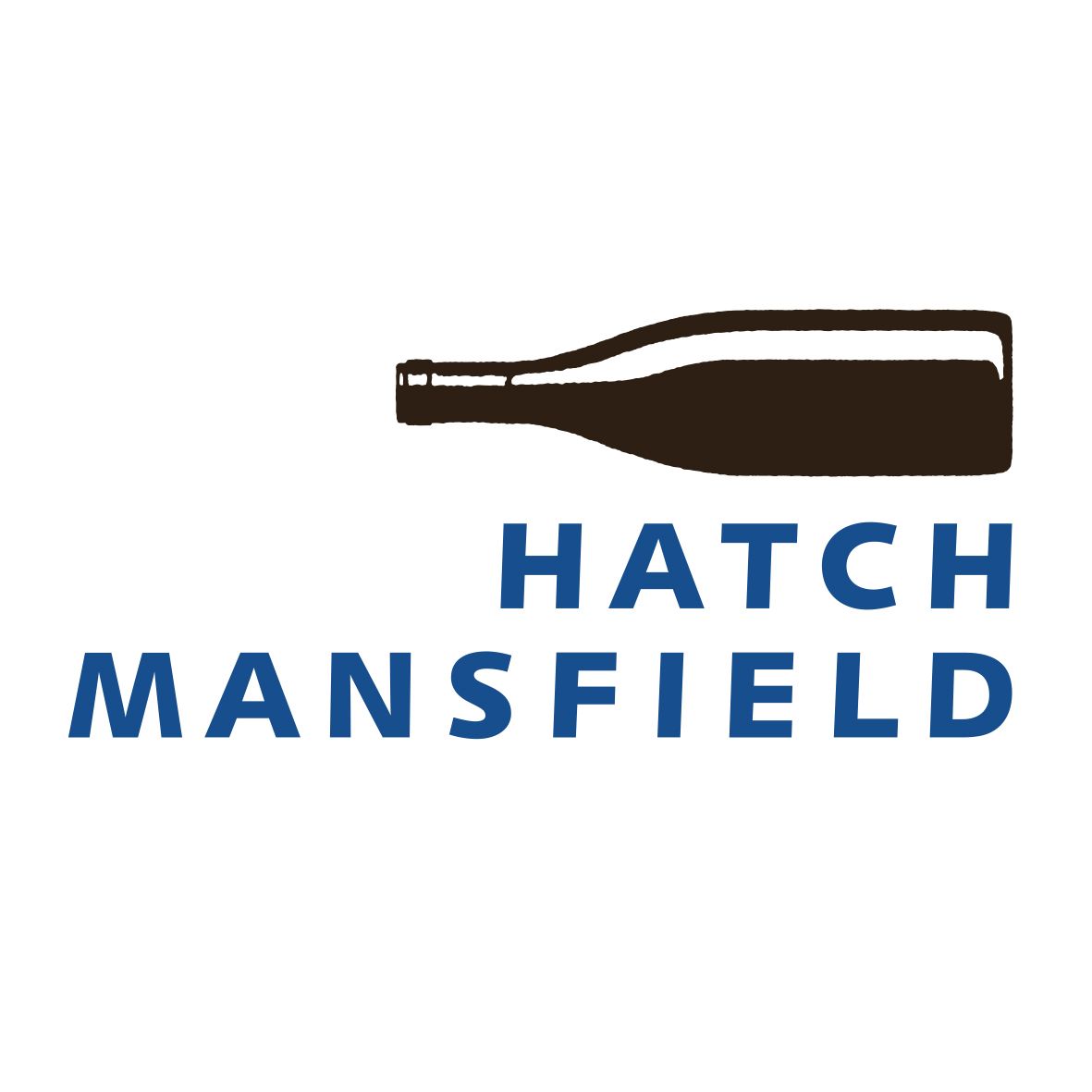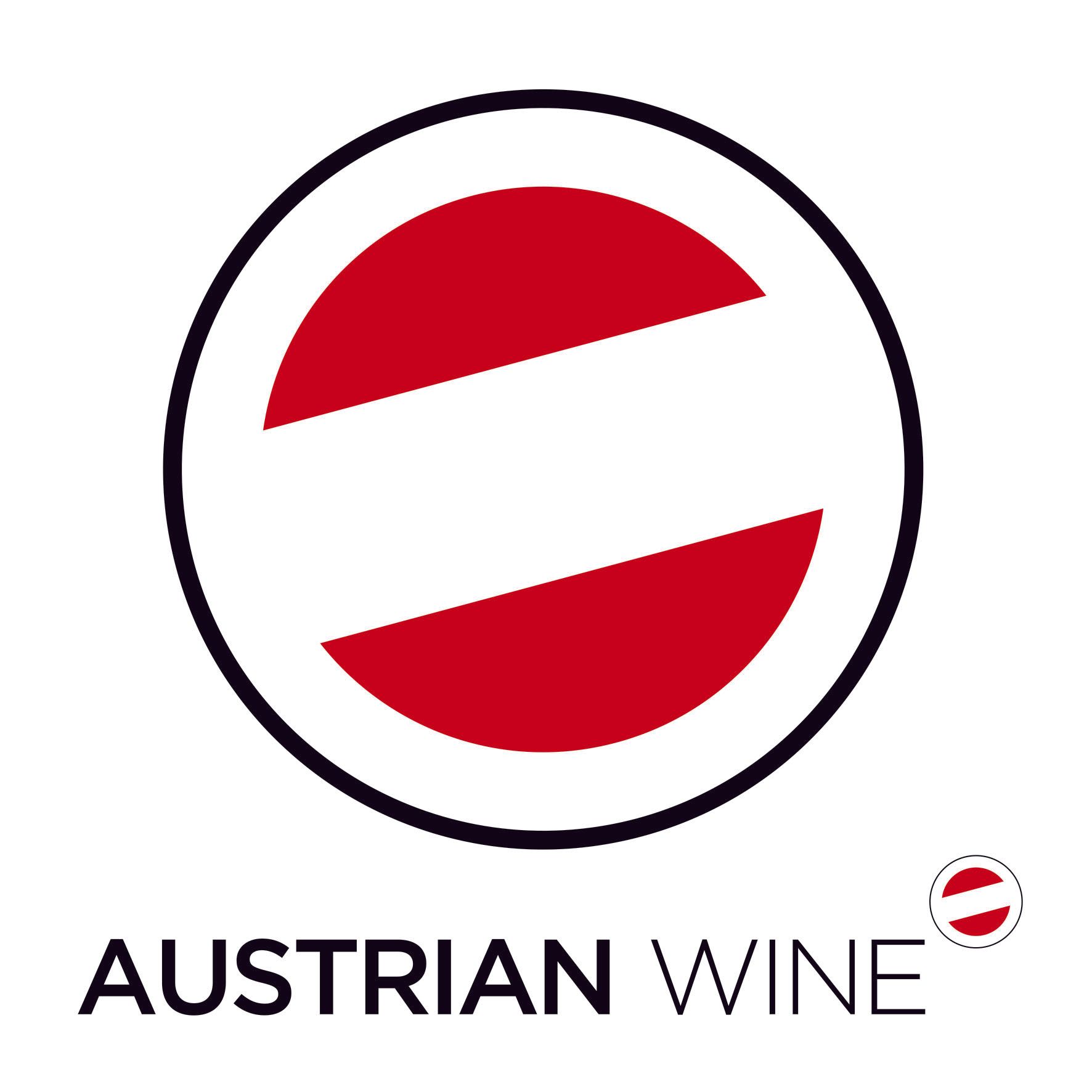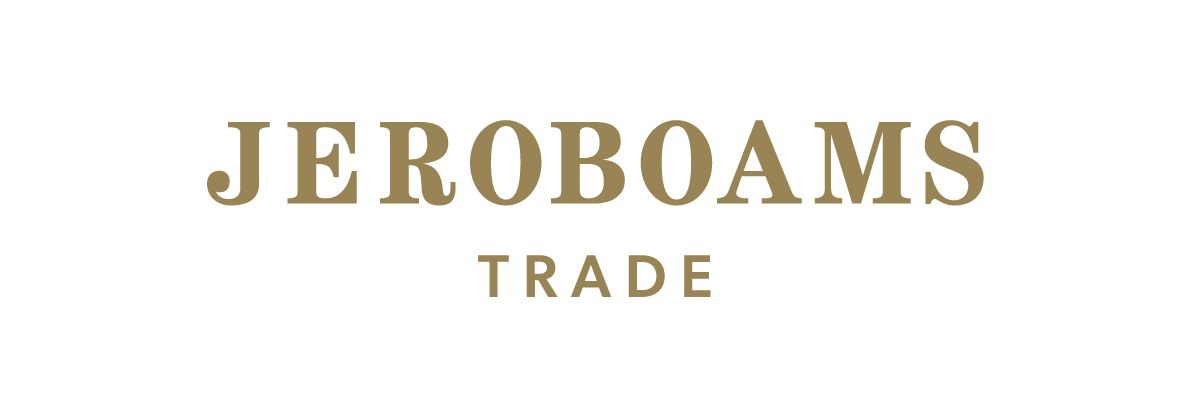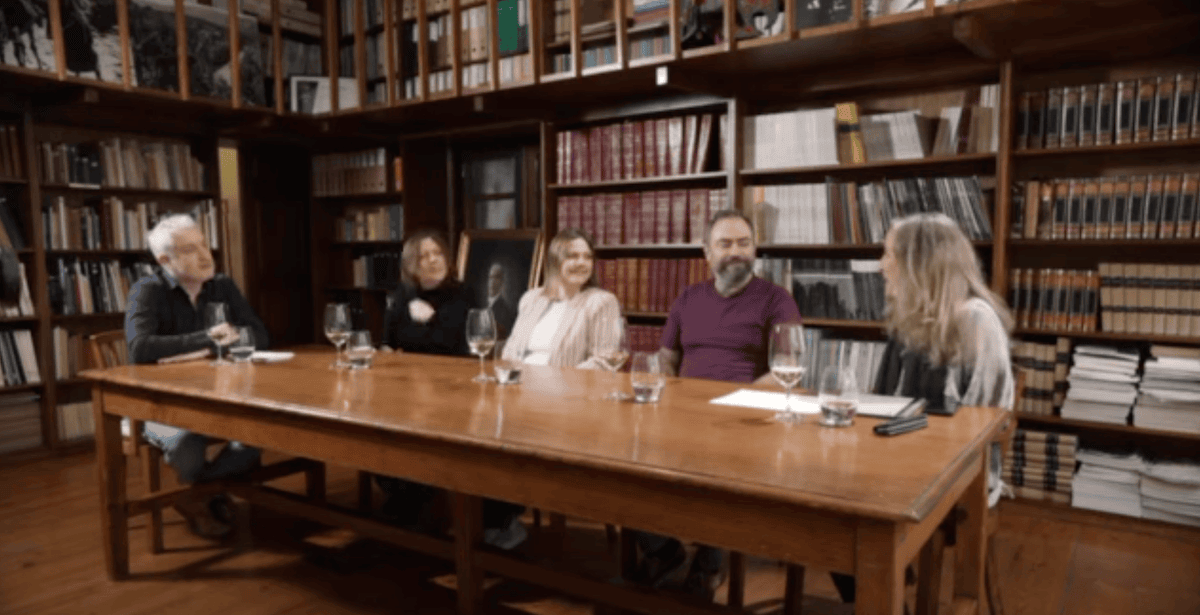Under Paula Fandiño’s direction Mar de Frades has evolved to become one of Spain’s leading wineries, with its Albariño one of the most prestigious whites in the sector, being garlanded with numerous awards for both its wines and for Fandiño herself.
Following a degree in agricultural engineering at the University of Santiago de Compostela, and a dispiriting episode working in the meat industry, Fandiño, a Galician native, soon found her niche in the wine world.
“I didn’t know what I wanted to do initially and started off in the meat sector but didn’t much like that. I prefer working with crops and in the countryside,” she recalls.
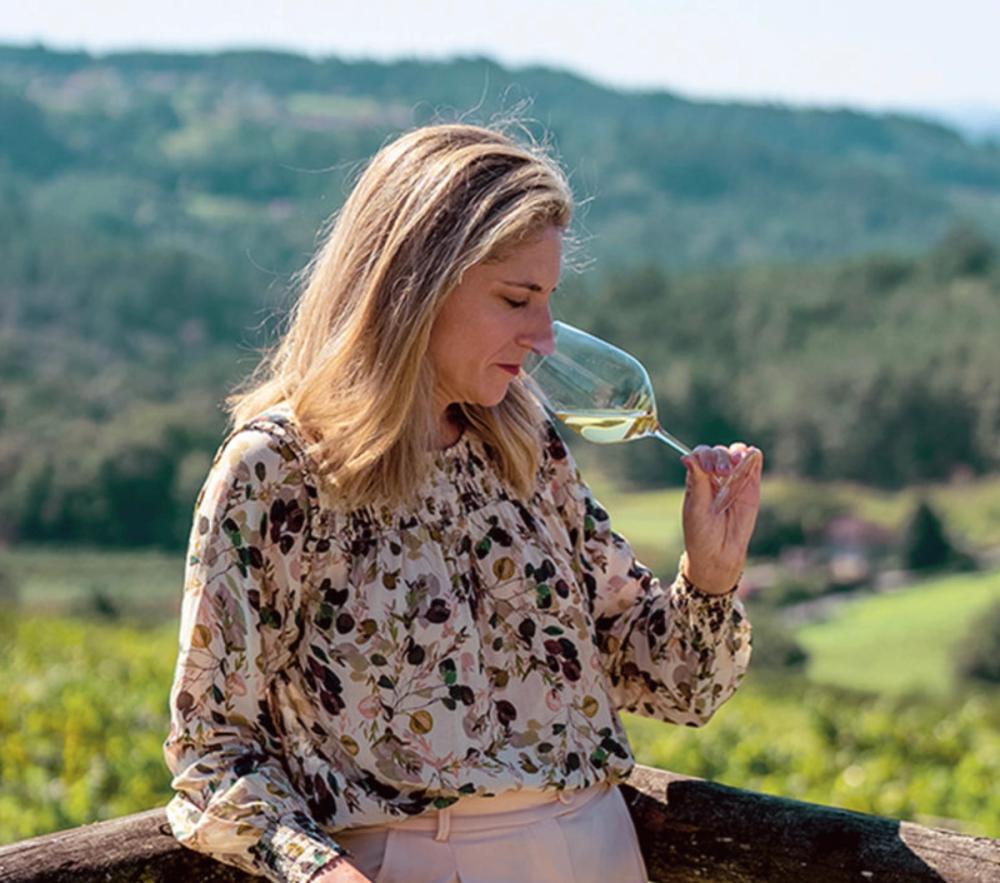
Paula Fandiño is widely respected as one of Spain's leading and most influential winemakers working with white wines and in particular the potential of Albariño
A master’s degree in oenology followed, providing her with a unique perspective of both the vineyards and the wine.While she may not have been aware at the time when she was struggling to make her way in the early days of her career, it could be said that Fandiño was born to be a winemaker.
Her great grandfather was involved in the wine business back in the 19th century, and he cultivated the native Galician grape varieties, Albariño , Treixadura, Caino and Souson at a time when they were not very well regarded.
“Maybe it’s something genetic,” she laughs.
She cut her teeth at Vina Cartin as second winemaker, and then joined Mar de Frades back in 2007.
It is here where her affinity with Albariño has really put her name on the wine map, and her own interpretation of that variety, which makes up 99% of wine production in Rias Baixas, is something she is extremely proud about.
Albariño’s appeal

The proximity to the Atlantic sea makes Mar de Frades and its Albariño wines so distinctive
But what is about Albariño that gives Fandiño so much pleasure to work with?
“It’s a really special grape, which is a lot to do with the acidity,” she says. “It’s the queen variety in my opinion– it’s got sparkle, freshness and elegance. It is an expressive variety, and a good reflection of the terroir in which it grows and its proximity to the Atlantic coast. It’s also very versatile, enabling me to produce differing styles of wines, from sophisticated flavours to those who prefer something a little more delicate. It’s also more resistant to mildew, which is important in the Atlantic climate.”
Mar de Frades the largest vineyard owner in the region which was established in 1987, became part of the Zamora company in 2002, and is best known for its Albariños. However, it also produces a Godello, an Albariño made from old vines, and in a first, a 100% sparkling Albariño, the Mar de Frades Brut Nature.
Fandiño is unafraid to challenge the existing orthodoxy, and shake things up by doing things a little differently. As well as creating a classic expression of the Albariño grape, she has also experimented with batonnage, barrel ageing and single vineyards, with her most unusual techniques including macerating white grape varieties in stainless steel vats adapted for the Ganimede method, which is usually reserved for red grape fermentations.
This enables her to avoid oxidation, and also means she doesn’t have to add sulphur dioxide at this stage and can minimise the amount of SO2 overall, helping to maintain the minerality of the wine, as well as the floral aromas of Albariño.
Another of her novel ideas is to use granite tanks to enhance those grapes which are grown in granite rich soils.
“This is the stone that our great grandfathers used over a century ago,” she says. “It’s a typical material of the region.”
Adapting to climate change
Climate change has gradually made its presence felt in this exposed part of north-west of Spain, as Fandiño explains.
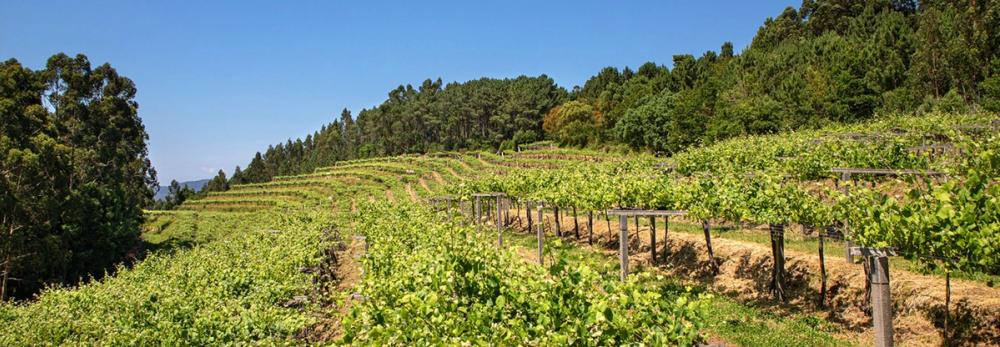
Mar de Frades is having to work hard to adapt to climate change and look to plant in cooler vineyard areas in order to get the same aciidty and freshness in its wines
“The biggest danger we face is that climate change will alter the profile of the Albariñogrape, which we are already beginning to see,”she says. “So to try and maintain the variety’s unique profile, we are selecting higher altitude, cooler vineyards for our new plantings, and also bringing the harvest forward in an effort to maintain the vitality and freshness that our wines are renowned for.”
That need to preserve freshness has seen Fandiño introduce a new method of working with her suppliers - around 200 small growers throughout Rias Baixas’ Salnès Valley.
They are required to measure not just the sugar content of the grapes, but also their acidity, to ensure the grapes are not over ripe and that the resultant wine is not too full bodied.
Mar de Frades used to source all its Albariño grapes from other growers, but over the years it has reduced its dependence on other producers and now only buys in around 40%, growing the bulk in its own vineyards.
So how would she describe her approach to winemaking?
“I love to explore the oenology of Albariño,” she says. “I love knowing the vineyard – it’s all about exploring the potential. Iwant to express all the fruity flavours of the grape, from pineapple to pear and apricot, I need to know each vineyard intimately.”
Her biggest achievement to date,she believes, is in making the sparkling Albariño which was first released in 2012.
“I was the first winemaker to make a sparkling wine with Albariño using the traditional method, which involved a lot of time with the lees in the bottle,” she say.“It wasn’t easy because the vineyard and viticulture has to be different to making white wine. And the sugar content has to be a lot higher for sparkling wine. Now, with12 years of experience, our Mar de Frades Brut Nature wine has become one of the most recognised in the Denomination of Origin.”
The blue bottles
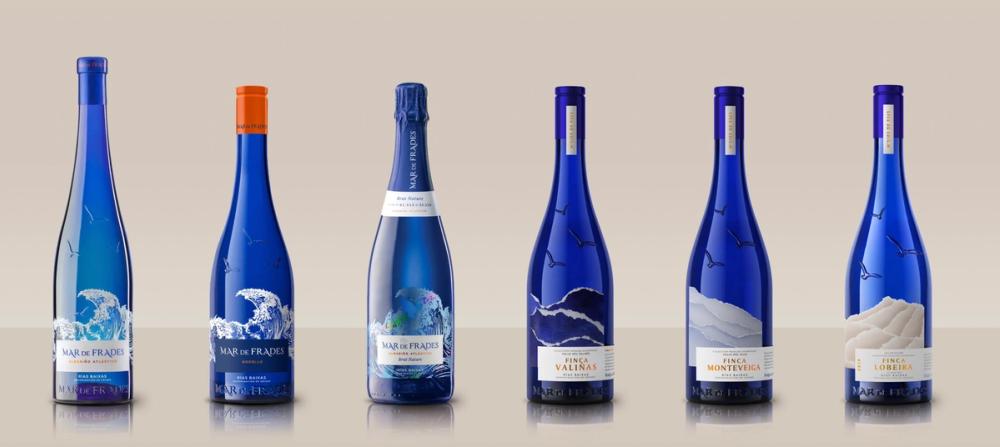
Mar de Frades' distinctive blue bottles
Mar de Frades stands out on the shelf thanks to its unmistakableblue bottles, but how important does Fandiño think they are to the continued success of the brand?
“The bottles are definitely a part of our identity, and they have been evolving with us ever since the wine was first released under the Mar de Frades label,” she says. And there are no plans to change this any time soon. “I think it’s really important we stick with it because our customers instantly recognise the blue bottle on a table.”
While Albariñois central to the Mar de Frades success story, Fandiño has been experimenting with other grape varietals, and also produces aMar de Frades Godello Atlantico, the first wine from the winery using native varietals including Loureira and Caino Blanco.
Export challenges
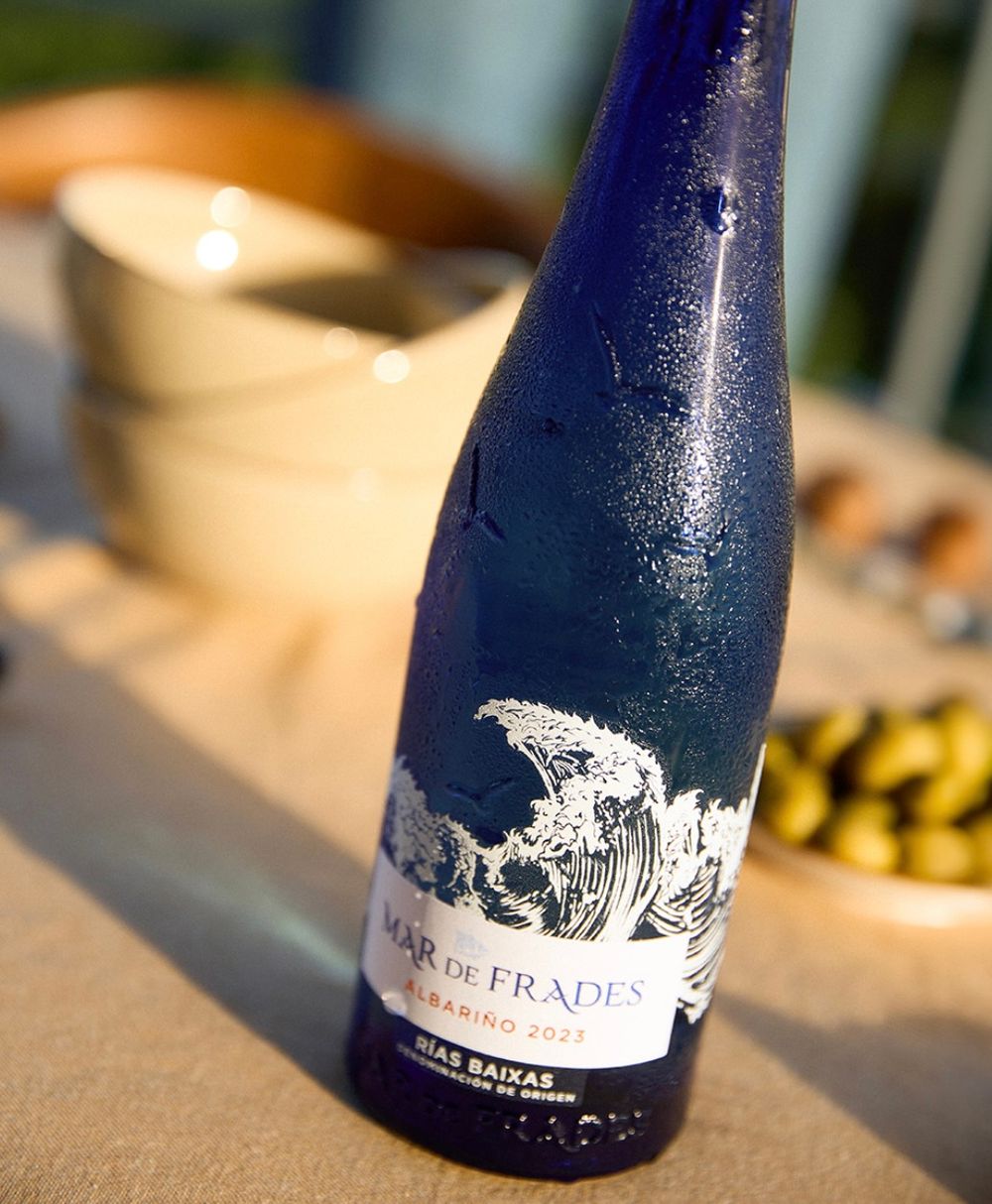
One of the biggest opportunities for Mar de Frades, says Fandiño is in improving sales in its main export markets which include the UK and the US. At present not all of the winery’s portfolio of six wines are available overseas, but this is something the company is actively looking to change.
“The US offers loads of potential,” she adds. “It’s a huge market where we want Mar de Frades to have a strong presence. Brazil too is somewhere else which is full of possibility – we are selling our first cases to Brazil this year.”
Future plans
Expansion plans are big on the agenda at Mars de Frades, with the company eyeing up more land to plant on. The existing vineyards currently account for approximately 66 hectares, and there is another 15 hectaresthat will come on stream in around three years’ time, bringing the total to 81 hectares.
“However, we are looking for more land, and prefer to rent rather than buy,” she confirms. “Renting suits our business model better, as it means that lots of cash isn’t tied up in the land.”
* Mar de Frades is part of the Zamora Company and is a partner to The Buyer.
* You can find out more about Mar de Frades at its website here.
* Mar de Frades is distributed in the UK by Jascots - the on-trade wholesale arm of Freixenet Copestick.



